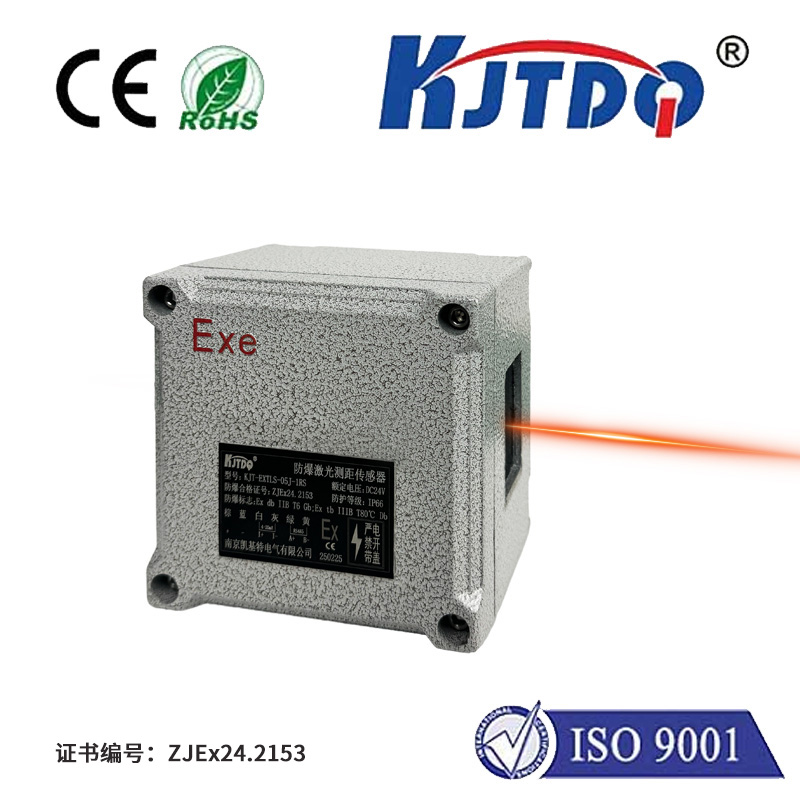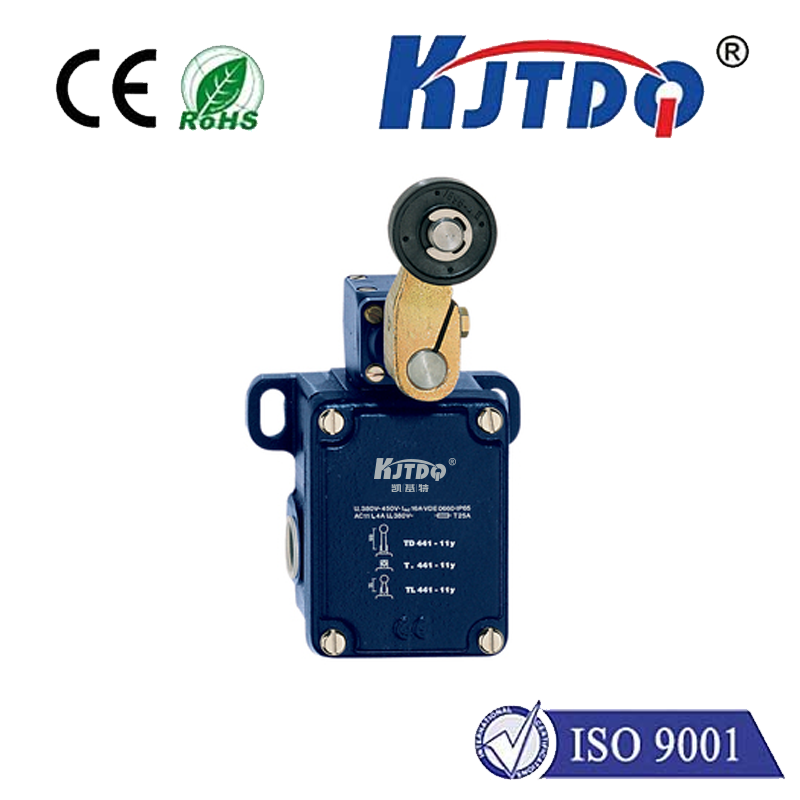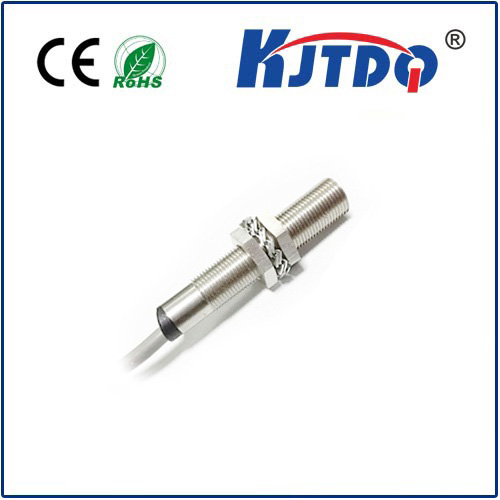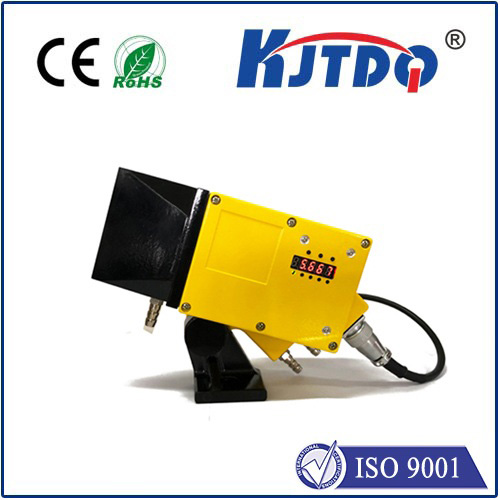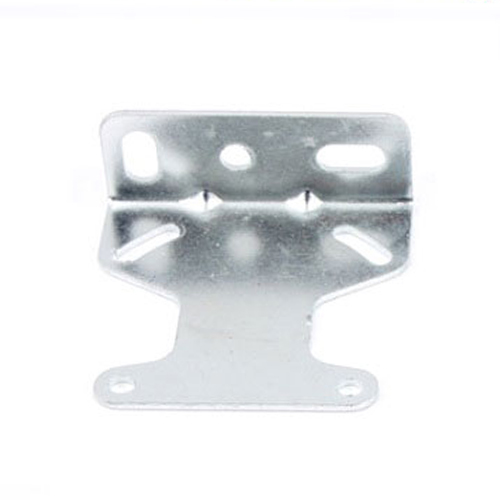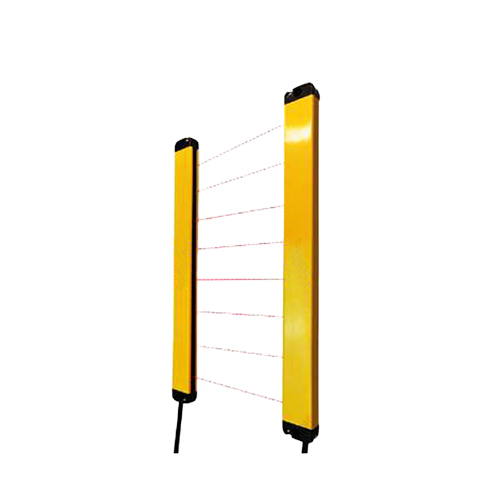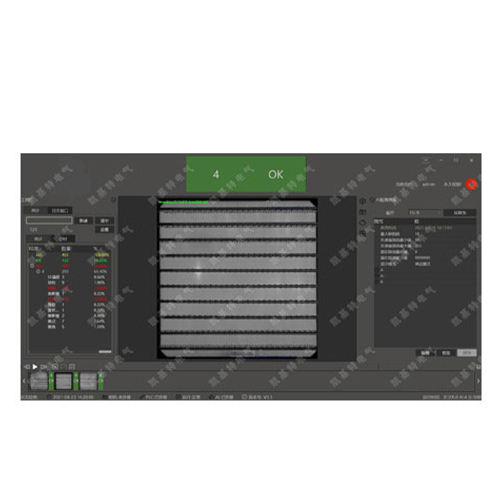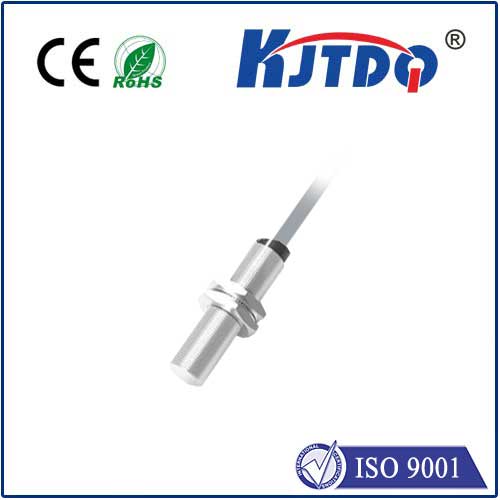
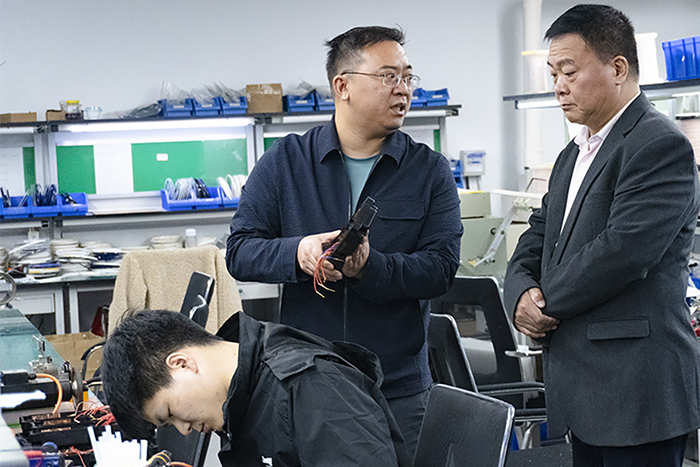
check

check

check

check

check

check

check

check

check

check
Imagine detecting invisible laser beams with a device you built yourself. Whether for security systems, DIY science experiments, or interactive art installations, combining a laser detector sensor with an Arduino opens up a world of creative possibilities. In this guide, we’ll break down how to design, assemble, and program a reliable laser detection system using accessible components. By the end, you’ll have a functional prototype and the knowledge to adapt it for your unique projects.
Arduino’s versatility makes it a favorite among hobbyists and engineers alike. When paired with a laser detector sensor—typically a photoresistor (LDR) or photodiode—it becomes a powerful tool for detecting light variations. But why lasers? Lasers provide a focused, coherent beam that’s easy to detect and ideal for precision applications like:
To build your laser detector sensor system, gather these essentials:
The LDR’s resistance decreases when exposed to light. By placing it in a voltage divider circuit, you can measure this change using Arduino’s analog input. When the laser beam hits the LDR, the resistance drops, and the voltage at the analog pin rises. If the beam is interrupted, the voltage falls—a clear signal for Arduino to act.

Here’s a simple sketch to detect laser interruptions:
const int ldrPin = A0;
const int buzzerPin = 8;
int threshold = 500; // Adjust based on ambient light
void setup() {
pinMode(ldrPin, INPUT);
pinMode(buzzerPin, OUTPUT);
Serial.begin(9600);
}
void loop() {
int ldrValue = analogRead(ldrPin);
Serial.println(ldrValue);
if (ldrValue < threshold) {
digitalWrite(buzzerPin, HIGH); // Trigger buzzer
delay(100);
digitalWrite(buzzerPin, LOW);
}
delay(50);
}
Key Notes:
Add multiple LDRs to detect where a beam is interrupted. Use an array of sensors and map their inputs to specific actions.
Replace the buzzer with a Wi-Fi module (e.g., ESP8266) to send notifications to your phone or computer.
Integrate an SD card module to record intrusion events with timestamps.
Building a laser detector sensor system with Arduino is a gateway to exploring optics, electronics, and automation. From basic security setups to complex interactive projects, the skills you’ve gained here can scale to meet your ambitions. Experiment, iterate, and most importantly—have fun making the invisible visible.
(Word count: 918)
